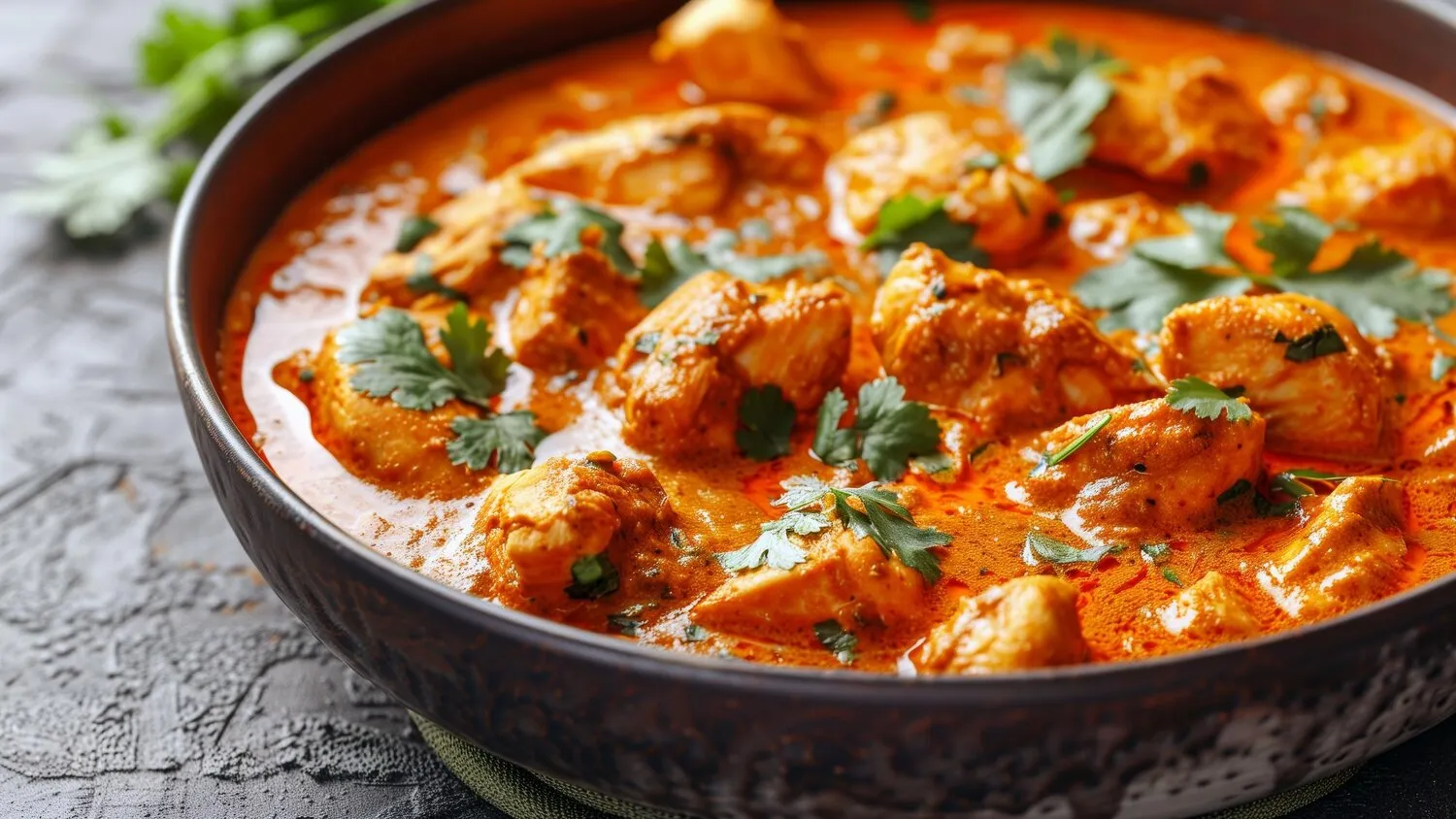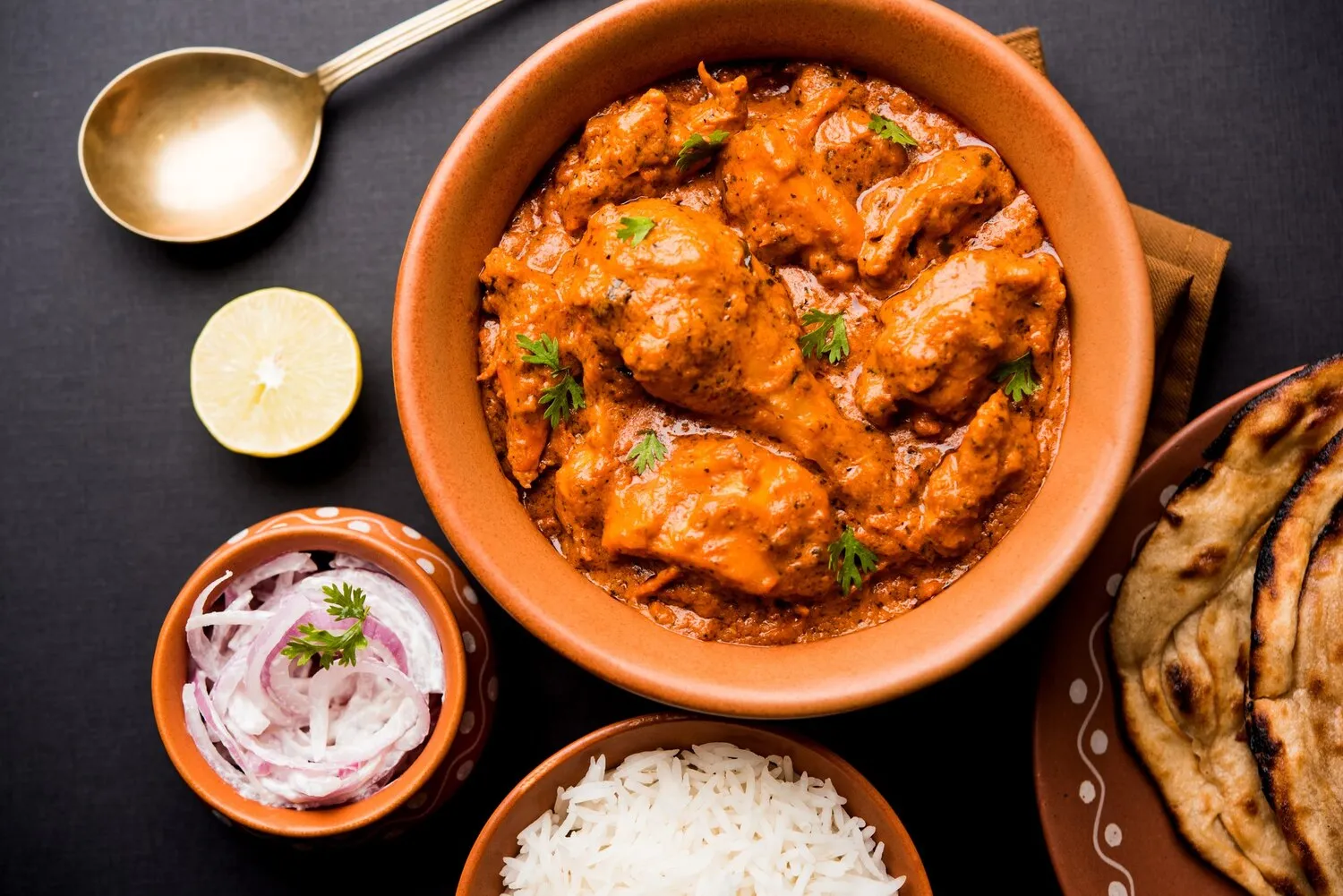
Dosa
Thin crispy pancake made from fermented batter of rice and lentils.
Nutrition Facts
* The % Daily Value (DV) tells you how much a nutrient in a serving of food contributes to a daily diet. 2,000 calories a day is used for general nutrition advice.
The origin of dosa is debated, but it is generally believed to have originated in South India. Some theories suggest it originated in Udupi, Karnataka, while others point to Tamil Nadu. The earliest written mention of dosa appears in Tamil literature from the 6th century CE. It was originally a softer, thicker pancake, and the crispier, thinner version evolved over time, possibly influenced by regional variations and culinary experimentation.
Dosa is more than just a dish; it's a staple food in South India and an integral part of its culinary culture. It is enjoyed as a breakfast item, a light meal, or even a celebratory dish. Its versatility and nutritional value make it a beloved food across different social strata.
Regional Variations
Dosa manifests in numerous regional variations. For example, Mysore Masala Dosa is known for its spicy red chutney spread, while Neer Dosa from Karnataka is a thin, soft, crepe-like dosa made with rice batter and water. Rava Dosa, made with semolina, offers a different texture and flavor profile.
Social Significance
Dosa is often served during festivals, weddings, and other special occasions. It is a common sight at street food stalls and restaurants, catering to a wide range of tastes and budgets. Its affordability and accessibility contribute to its widespread popularity.
Accompanying Dishes
Dosa is rarely eaten alone. It is almost always served with sambar (a lentil-based vegetable stew) and various chutneys, such as coconut chutney, tomato chutney, and coriander-mint chutney. The combination of dosa, sambar, and chutneys provides a balanced and flavorful meal.
Dosa offers a delightful combination of savory and tangy flavors, complemented by the earthy notes of lentils and rice. The fermentation process imparts a subtle sourness that balances the richness of the accompanying fillings and chutneys.
The primary flavor profile is savory, derived from the fermented batter of rice and lentils. The fermentation process creates lactic acid, lending a slightly sour or tangy taste. The specific flavor also depends on the type of rice and lentils used, and the length of fermentation. Common accompaniments like sambar (a lentil-based vegetable stew) and chutneys (coconut, tomato, or coriander-mint) add layers of flavor: spicy, sweet, tangy, and nutty.
Fermentation is Key
The fermentation process is crucial for achieving the right flavor and texture. Allow the batter to ferment for at least 8-12 hours, or even longer in colder climates. The longer fermentation time will result in a more sour and airy dosa.
Batter Consistency
The batter consistency should be similar to that of a thin pancake batter. If the batter is too thick, the dosa will be thick and soft. If it's too thin, it will be difficult to spread. Add water gradually until you reach the desired consistency.
Tava Temperature
The tava (griddle) should be hot but not smoking. Too hot, and the dosa will burn before it cooks through. Too cold, and the dosa will stick to the tava. A well-seasoned cast iron tava is ideal for making dosas.
Spreading Technique
Use a ladle to pour the batter onto the hot tava and spread it in a circular motion, starting from the center and moving outwards. Apply gentle pressure to create a thin, even layer.
Explore additional Indian dishes and restaurants
Explore IndianDiscover top dining spots and culinary experiences in Wellington.
Explore WellingtonLearn more about the food culture, restaurant scene, and culinary heritage of New Zealand.
Explore New Zealand
